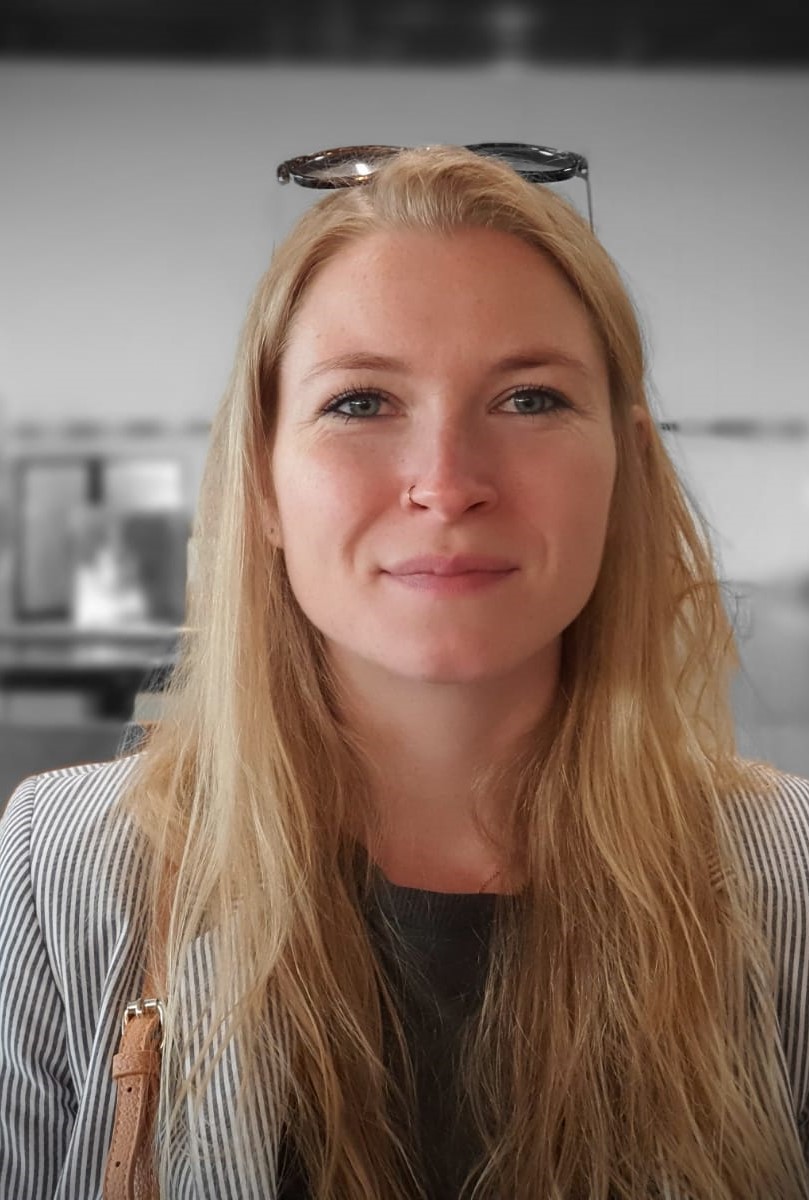Stina Kolodzey, a marine ecologist working on the role of kelp in food webs

Dr Stina Kolodzey is a marine ecologist working on deciphering the role of kelp in marine food webs. She has begun the BIOKELP project in September 2022 at the LEMAR laboratory at the Université de Bretagne-Occidentale.
[BIENVENÜE team]: Hello Stina, how did you become interested in your research field?
[Dr. Stina Kolodzey]: I always have been interested in fish, growing up by the Baltic Sea. My dad is a fisherman, and I wondered from earlier on: how do fish survive? In the Baltic Sea, there is not much food left to them, and I have been aware of this problem for a long time. I first studied in Hamburg (Germany), and then moved to New Zealand to do my master’s degree and PhD. During my PhD, I worked on population demographics of commercialized fish in New Zealand.
What will you work on for the BIOMKELP project?
I aim to understand the ecological role of kelp detritus in the Parc Naturel Marin d’Iroise (PNMI), with a focus on commercial species. The PNMI, a protected marine zone off the west coast of Brittany, is home to one of the largest kelp forests in Europe. It benefits from cold waters, and with climate change, it may be one of the kelp forests that will last the longest.
We don’t know much about the importance of kelp for the food web. We know that the base is composed of phytoplankton and kelp. We don’t have yet an understanding of the importance of kelp detritus, which are decomposing parts of kelp. These are carried away, maybe far from the kelp forest. Multiple organisms are feeding on detritus, but how far away from the kelp forest do species still rely on it?
I will work in a three-step approach. First I will study the biochemical differences between fresh kelp and kelp detritus. Then, I will feed the different kelps to small organisms such as small fish and crustaceans. I want to find out if you can retrace the biochemical differences identified in kelps in the trophic levels. If so, I will finally go back to the Iroise Sea and try to identify the same biochemical tracers in commercialized fish species.
Why did you choose to undertake this project at LEMAR?
After seven years in New Zealand, I wanted to work in Europe. The BIENVENÜE program seems a great opportunity for young researchers to develop as independent researchers. I contacted Gauthier Schaal, my supervisor, who is a specialist in kelp forests and marine food web ecology.
He also has tight connections with the people of the PNMI, which are the experts in the area. They will help me to get to know the ecosystem, and to orientate where I am going to sample kelp and fish.
Which impact do you think this project can have?
As I want my research to have meaning in the wider world, this collaboration with PNMI is very valuable for me. I hope to provide a better idea of how fish and crustaceans depend on the kelp forest, and ultimately, how important kelp forests are.
Do you have a suggestion for anyone curious to know more on this subject?
I would suggest “The blue Planet” narrated by Sir David Attenborough, whose episode 5 is focused on kelp forests.